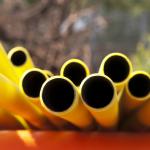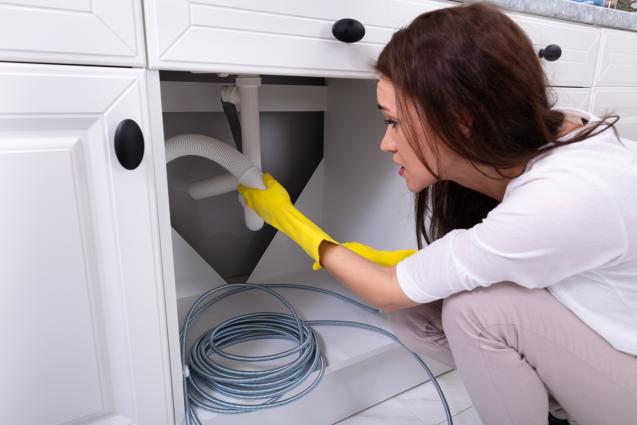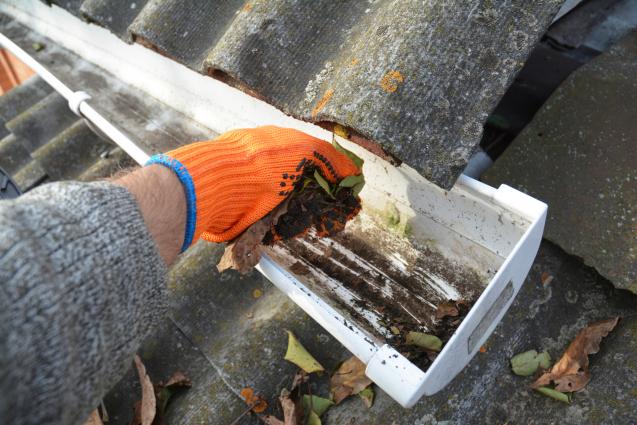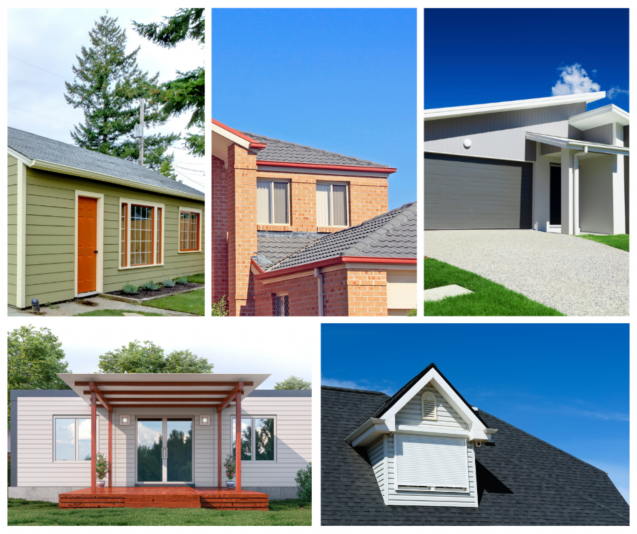
Understanding the Long-Term Savings with Pipe Relining
What is Pipe Relining?
Pipe relining or 'Cured-In-Place-Pipe,' (CIPP) is a revolutionary technique that involves reinforcing the internal structure of an existing, possibly damaged pipe, by lining it with a hard-wearing, flexible material. Unlike conventional pipe repair that entails an excavation process to get to the damaged pipe so it can be replaced, pipe relining is a no-dig, no-fuss process that minimises disruption to the surrounding landscape. The unique process includes the inversion of a resin-saturated felt tube made of polyester, fibreglass cloth or similar materials, into the damaged pipe, which is then cured in place, forming a new robust 'pipe within a pipe.' This epoxy resin creates a seamless and corrosion-resistant lining that stretches the life of a pipe by decades.
The Initial Costs of Pipe Relining
The upfront cost of pipe relining varies depending on several factors, such as the material used, pipe size, location and access, and the extent of the damage. Even though the immediate outlay for pipe relining might seem steep when compared to the traditional method, a closer look at the expenses involved provides a different perspective. Standard pipe repairs often require extensive excavating, potentially harming the environmental and landscaped area you have invested in, thus necessitating additional expenditure for restoration. When you consider the auxiliary costs associated with the conventional pipe repair methods, you begin to realise that pipe relining offers a more cost-effective solution, terming it a worthy investment in the long-term.
Long-Term Savings Through Pipe Relining
Understanding the long-term economic merits of pipe relining comes down to investing in prevention for future potential costs. For instance, the restoration of landscapes disturbed during traditional plumbing repairs can sum up to a substantial figure. Building driveways, decks, patios, or any other above-ground structures over pipes can greatly inflate the expenses for pipe replacements. Equally important is the consideration that the lifespan and performance of a relined pipe exceed that of a newly replaced pipe. The seamless 'pipe within a pipe' prevents root intrusion and internal rusting, which are common challenges with pipes over time. This is how pipe relining can lead to significant savings in the long run, by essentially minimising the need for potential subsequent repairs.
The Environmental Impact and Savings of Pipe Relining
Environmentally, pipe relining earns commendable points. Traditional pipe repair methods necessitate extensive digging, which disrupts the surrounding soil and can quickly rack up considerable amounts of waste and debris. Such methods can sometimes cause harm to local ecosystems, besides being an eye-sore. In contrast, pipe relining's non-invasive character substantially lessens environmental impact, saving surrounding flora from damage and reducing construction waste. There are long-term environmental savings associated with this method. It offers added value to the property and contributes to sustainable construction practices, all of which can translate into financial savings in the longer term.
Making the Switch: Is Pipe Relining Right for You?
Deciding on pipe relining versus traditional pipe repairs is not a one-size-fits-all choice. Multiple parameters come into play, from the type of piping system in place, the range and severity of the damage to the pipe, cost implications, and environmental considerations. While the immediate investment in pipe relining might feel significant, the return on investment (ROI) should be evaluated concerning potential long-term savings, both financial and environmental. Over the years, many residential and commercial establishments have transitioned to this new technique and reported significant savings and efficiency improvements.
Conclusion
Exploring the long-term savings with pipe relining can prove invaluable, especially for those dealing with continuous property management or properties with ageing plumbing systems. Converting to pipe relining can be an advantageous move. While the initial investment may seem relatively high, the alternate expenses and disruptions that come with traditional digging methods for pipe repair could multiply the costs over time. Comprehending the fiscal and beneficial environmental implications, the augmented longevity and durability, it is well worth assessing whether pipe relining could fit your specific requirements. Adage as old as time but as relevant as ever - prevention is better than cure and pipe relining practices underline such a philosophy.



